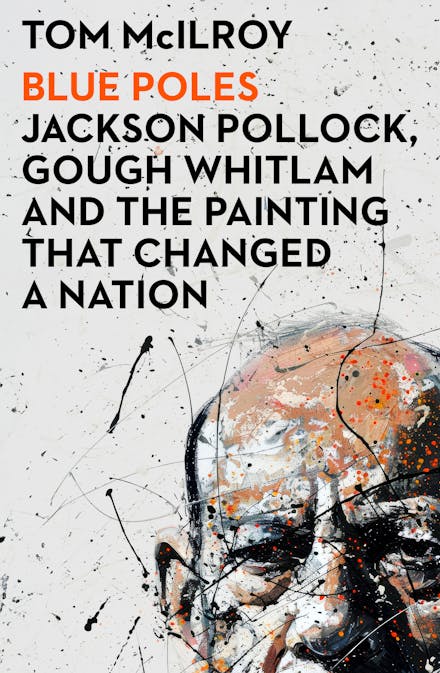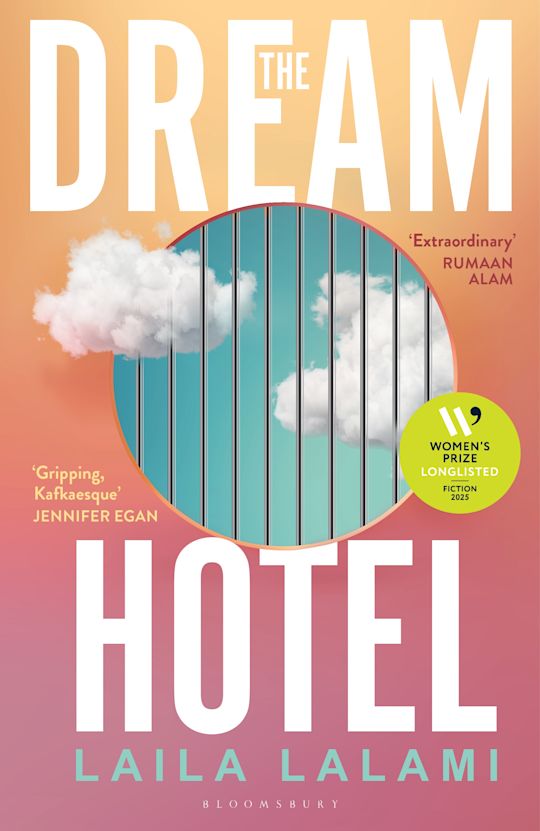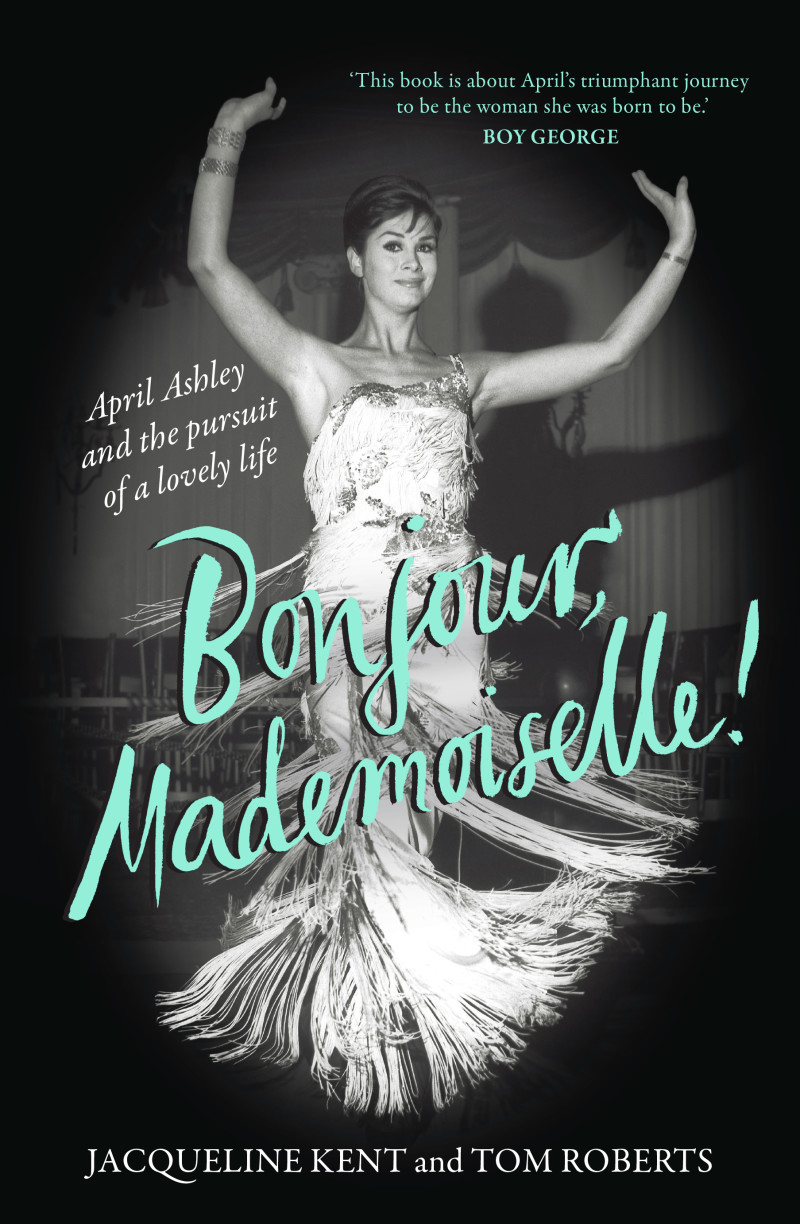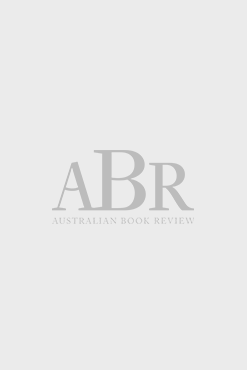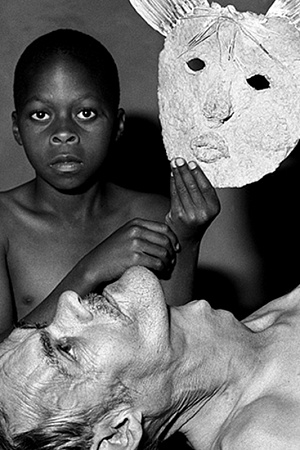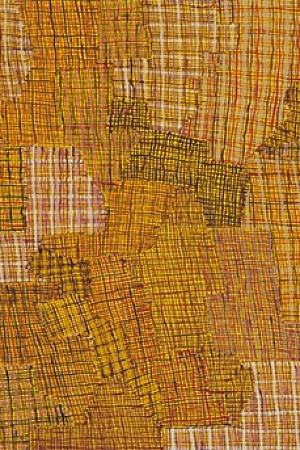New Objectivity: Modern German Art in the Weimar Republic, 1919-1933 (Los Angeles County Museum of Art)
The Weimar period in Germany – spanning less than fifteen years following the end of World War I through to the coup d’état by the National Socialists in 1933 – was crucial in shaping modern Germany. The nation was in a ruinous state because of its wartime defeat, crippling reparations, the Wall Street crash, high unemployment, and hyper-inflation. The political outcome at the end of the Weimar Republic was catastrophic for Europe as a whole. The poles of radical and conservative politics, social upheaval and rapid change mirrored through its art, formed the subject of a fascinating exhibition and accompanying catalogue, first in Venice, then at the Los Angeles County Museum of Art (where I saw it earlier this year).
Continue reading for only $10 per month. Subscribe and gain full access to Australian Book Review. Already a subscriber? Sign in. If you need assistance, feel free to contact us.


